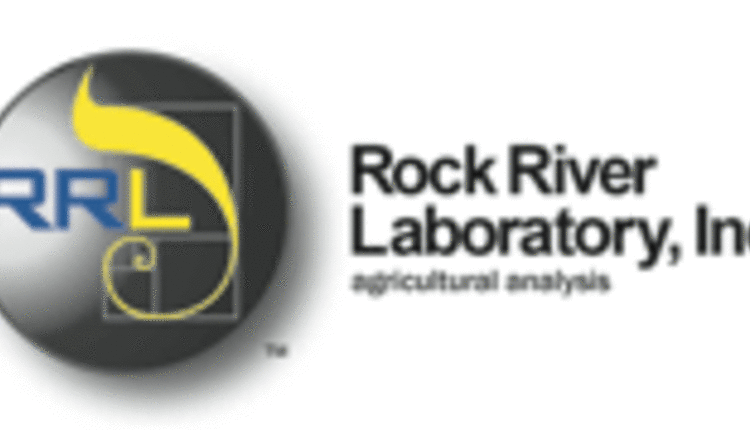Energy Equations: Transparency to the Confusion |
|
|
|
This item has been supplied by a forage marketer and has not been edited, verified or endorsed by Hay & Forage Grower. Nutritionists and farm owners/managers look to energy density measures of forages, feeds and total rations as a quick prediction for how much energy is available within the feeds that complete the diet, as well as a predictor of animal performance for meat or milk. These energy density measures, reported as mega-calories per lb. (Mcal/lb.), are generally a function of the following equations, which are typically reported by an analysis laboratory: 1. Nutrient Content x Nutrient Digestibility = Total Digestible Nutrient (TDN) content 2. TDN x Metabolism Coefficients = Digestible Energy 3. Digestible Energy x further Metabolism Coefficients -> Metabolizable Energy, Net Energy for Maintenance, Gain, and Lactation (NEL) These energy density measures can provide necessary insights to base predictions; however, the challenge with energy measures lies in nutrient digestibility, which is extremely difficult to determine. Adding even greater technicality to the situation, there are several different university-derived equations, which are utilized at various nutrition analysis laboratories, each with different levels of complexity and associated caveats. The following energy equations that Rock River Laboratory provides to producers and consultants capture various nutritive measures and various accuracy levels: ADF based TDN and NEm, NEg, and NEL.
The most simple energy equation, which predicts TDN - based solely on Acid Detergent Fiber (ADF), using feed-specific equations is the oldest energy equation utilized by nutritionists. This approach to TDN (and energy) is the least accurate considering ADF is poorly related to nutrient digestibility. OARDC (1998) / NRC (2001) Summative TDN and Energy equations This approach to TDN is more accurate that the ADF-based TDN equation above, as in development, Prof Bill Weiss recognized that nutrient digestibilities should be addressed separately from one another. This approach separates out Crude Protein (CP), Neutral Detergent Fiber (NDF), Fat and Non-Fiber Carbohydrate, and applies digestion predictions, based on published research, to each nutrient in order to sum to a TDN. This energy equation can also be challenged as the digestibility predictive equations are limited to historic research and may not apply to today’s dairy or beef cattle types. Further, starch and other nutrient digestibilities vary substantially and are not accounted for accurately. Milk2006 Summative TDN and Energy equations These 10-year-old equations build on the OARDC/NRC (2001) approach by including laboratory NDF digestion measures, breaking out starch from Non-Fiber Carbohydrates (NFC), and applying a starch digestion coefficient. These equations are more dynamic and could better forecast animal response. However, the NDF and starch digestion predictions are limited in accuracy; we still have much to learn about these two areas. The most advanced and recommended approach for NEL - Milk2006 - necessitates a multitude of laboratory measures to predict TDN and energy, which makes this approach expensive to apply when utilizing wet chemistry. While feed and forage analysis reports display “TDN” and “NE” values, these pieces of information should be interpreted with caution. Prof. Weiss has mentioned that there are likely very few TMRs with real NEL values greater than 0.72 Mcal/lb., meaning historic benchmarks and goals to have diets at 0.78 to 0.80 Mcal/lb. are impossible and fictitious. A further caveat to feed specific energy equations is that no single feed is ever consumed as the sole ingredient within the total mixed ration. By definition, TDN and energy values assume a feed is not impacted by other ingredients or factors, yet this is rarely the case. Often, individual feeds endure negative/positive associative interactions within the rumen due to other ingredients. A common example: when excessive starch is fed, alfalfa hay TDN and NEL can be decreased, due in part to diminished NDF digestion. So with a core understanding of the limits and different accuracy levels within ADF, OARDC/NRC (2001) and Milk2006 based equations, interpret TDN and NE values as a relative index for optimum performance. If interested in moving beyond energy values, nutritionists should consider interpreting NDF, CP/Starch, and other advanced NDF and starch digestibility measures collectively to forecast animal response and performance over NEL.  Rock River Laboratory provides production assistance to the agricultural industry through the use of advanced analytical systems, progressive techniques, and research-supported analyses. Employing a team of top specialists in their respective fields, Rock River Laboratory is built on providing accurate, cost-effective, and timely analytical results to customers, while featuring unsurpassed customer service. |
